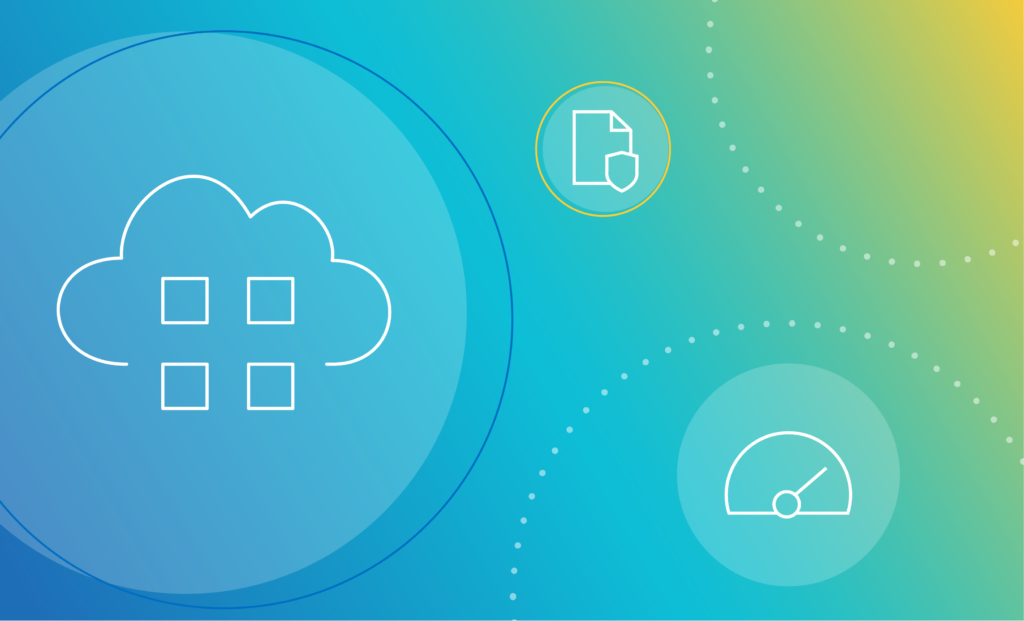If you’ve ever moved, you know what it’s like to pack. You take out everything you own and find items you haven’t used or thought about in years. As you realize how many boxes you now have to put on the truck, you decide that it’s not worth keeping the things you no longer need.
Cloud data migration works the same way. You shouldn’t keep everything, and you have to think strategically about the process.
Like most organizations, you’ve likely started with an idealized vision of how you’ll benefit from a cloud environment— or perhaps you’ve observed the market trend of moving data away from on-premises storage to a cloud solution.
Yet without a clearly defined migration strategy and a change management plan, your new data lake will end up looking more like a data swamp. The user experience will suffer, and you’ll miss most of the value of your cloud program as key use cases go unrealized.
At Collibra, we work with data champions. We partner with stakeholders committed to driving value through intelligent data solutions. If you’re considering a cloud migration or are currently undertaking a migration project, our playbook will help you avoid common mistakes and maximize the value of your new data warehouse.
I recently spoke about this topic at Collibra’s Data Citizens 2024 conference. Register now for free on-demand access to top sessions from the event. Then, keep reading to see how to become a data migration hero in your organization.
Why move to the cloud?
Cloud adoption continues to accelerate across all industries — especially as remote access gains importance in hybrid work environments and business leaders develop security and maintenance concerns about legacy on-premises hardware.
Some of the benefits of cloud migration include:
- Quicker access: High-speed networks and parallel processing improve responsiveness to market dynamics, allowing organizations to solve problems faster
- Optimized performance: Cloud platforms drive operational efficiency through streamlined processes and clear communication tools, boosting team productivity
- Enhanced reporting: Advanced analytics and dynamic insights enable business leaders to make more data-driven decisions that save time and capture more revenue
- Reduced costs: Cloud services are scalable — generally with pay-as-you-go models — letting organizations lower their overhead costs for data storage
- Stronger security: Advanced encryption and automatic backups for disaster recovery help businesses keep their data safe while satisfying regulatory requirements
Unfortunately, without a cohesive migration plan, too many organizations miss out on the full potential of these benefits. A successful cloud migration needs the right people, processes, and technology.
Empowering your people
We all know that data migration is more complicated than flipping a switch. Many people feel too busy or under-resourced to allocate time to a migration projection. It’s a lot of setup on the front end, and it rarely seems like a priority when you can still get the job done with the old system.
That’s why a winning data migration strategy has to be both bottom-up and top-down.
Bottom-up: Stakeholder alignment
Realistically, not everyone will be on board with a cloud migration at first. It’s important to find early adopters who can become project ambassadors, tasked with sharing the advantages of streamlined processes and a centralized data repository with their colleagues.
As a data migration champion, your role involves identifying and empowering these ambassadors. Some of them may work with data already in their roles — these are subject matter experts who can identify which legacy data sources need migrating and which are irrelevant to current operating procedures.
Others may not work directly with analytics, but their infectious optimism for cloud applications can help foster a culture of data intelligence. When stakeholders across departments are aligned on the value of clean, centralized data, the company will see a higher adoption rate for new cloud-based systems.
Top-down: Executive sponsorship
Yet even if you find more cloud ambassadors than you know what to do with, an uncomfortable truth about migration initiatives remains: Executive leadership can kill the project if they don’t see the value.
If data migration slips from the priority list, all of a sudden resources will be reallocated, drying up the budget. Too many organizations see their cloud migrations stall mid-process because company leadership doesn’t see a return on investment.
To address this, it’s vital to demonstrate success metrics early and often. As a data champion, it’s your role to have conversations with executives explaining what the goals of data migration are and how you’ll measure progress. This generates the organizational buy-in essential for bringing a project across the finish line.
Defining your process
Any cloud data migration plan needs a clearly defined focus. What data are you moving first, and why? After all, if you’re going to convince an executive team that migration is worth the upfront costs, the cloud environment use cases must align with business objectives.
Successful migration plans follow these steps:
- Understanding the business objective: Data governance isn’t just about organization. Ultimately, the goal is to make smarter, more effective business decisions
- Identifying high-value use cases: Speak with stakeholders, and make a list of which use cases of a cloud application will deliver immediate returns for the organization
- Assessing data readiness: Evaluate the risk of making a change and consider the people and processes affected. I recommend Collibra’s readiness checklist as a starting point
- Prioritizing low-risk, high-value use cases: This is the low-hanging fruit. Measurable success with early use cases will build momentum to continue the migration
The order of this process matters. McKinsey identifies unrealized use cases as the number one reason for lost value in cloud programs. An unrealized use case, in this sense, is a missed opportunity to derive new value, which happens when organizations don’t start with a clear business objective. When non-technical departments don’t see the benefit, cloud migration projects are doomed to fail.
Adopting the new technology
So how can you show the business value of cloud storage — not just to executives but to everyone at the company? Forty-one percent of organizations say the complexity of business and operational change is one of their three biggest barriers to successful cloud outcomes. It’s no surprise: We already know that human nature resists change.
Organizations of all sizes will commonly see entropy around new technology adoption. People are willing to try a new application, but if they run into difficulties or struggle to see how it’s useful, they’ll soon revert back to what they’re familiar with in order to finish their tasks.
That’s why driving a successful cloud migration starts with a change management plan. Overcommunication and frequent employee training help build an end-user comfort level. A best practice is to have a steering committee with representatives from different teams who can discuss barriers and resolve conflicts impeding enterprise-wide usage of new cloud tools.
How Collibra helps
In any data migration project, Collibra’s experts start by offering technical support. Our team checks data quality and determines data lineage so you’ll know exactly where data is coming from and who’s using it before moving it to the cloud and deprecating an old system.
But beyond the technical piece, our advisors work with you on creating transparent, business-driven systems to make sure you’re realizing the value of your new cloud solution. We also can help with updating data governance policies to keep your data clean and reliable.
Just like moving to a new house, cloud migration can be a lot of work. But with careful planning and clear goals, you can be the hero who allows your organization to enjoy the countless benefits of your data’s new home.
This article is based on a breakout session at Collibra’s Data Citizens 2024 conference in Orlando, FL. Register now for free on-demand access, or request a personalized, one-on-one demo with a Collibra expert today.




